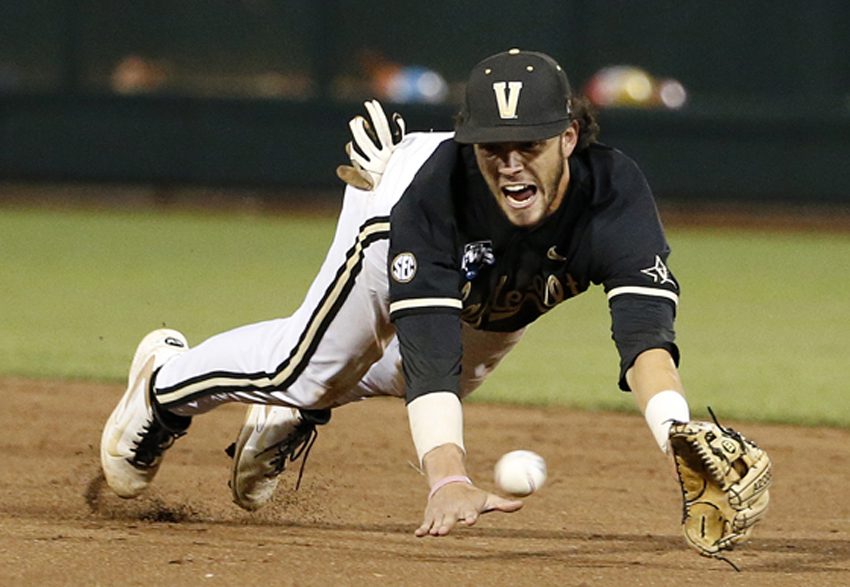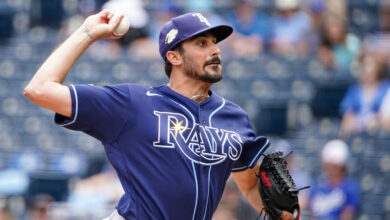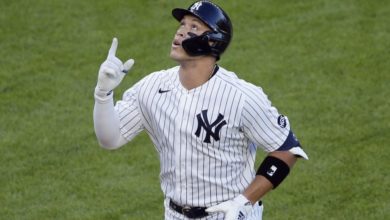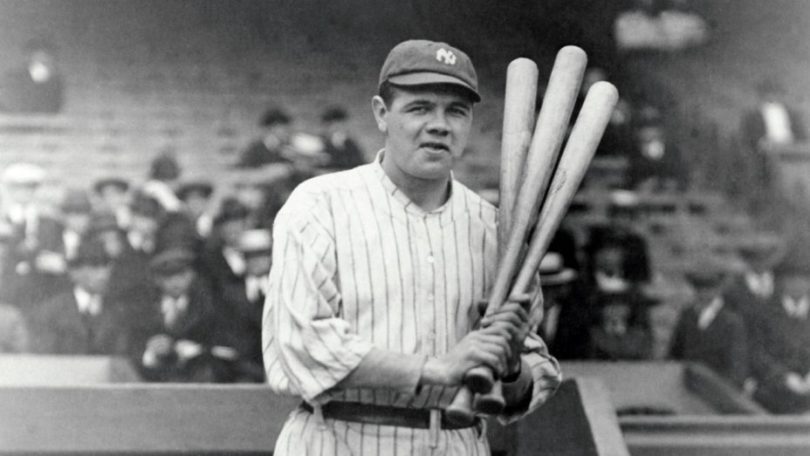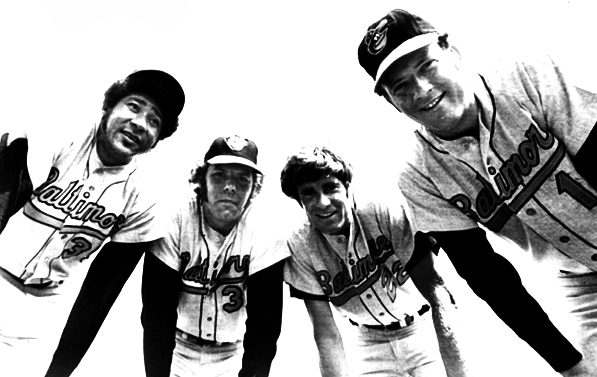

A three-part story about an organization that forgot about fans and winning, yet now is creating hope for the future. Part one: Running on empty
After 13 losing seasons, the bottom of the AL East has to look more like a cold, dark crawl space than a basement. But out of the crawl space just doesn’t work as a metaphor. This season might be the first time in over a decade Oriole management is actually trying win with the future in mind. The last dozen years were full of moves by the front office. Most of which were designed to put butts in seats, not win games. I don’t blame them, business is business and they’re in the business of selling tickets. Unfortunately, they forgot that what sells the most is winning. Winning sells in sports. I repeat: Winning sells in sports. OK, I’m sure it’s second to sex, but I don’t see strippers taking the field between innings anytime soon, so winning has to be it. The Orioles trip to the basement began in 1998 with GM Pat Gillick leaving the organization. If you’re wondering why it didn’t start with Davey Johnson being let go, it’s because Gillick didn’t need Johnson to keep building this team. I loved Johnson and wished he’d stayed the O’s manager, but plenty of good managers would be glad to work for Gillick. Frank Wren was hired to replace Gillick after having success with Florida. He helped to build the Marlins expansion team from the ground up. They won a World Series title in their fifth year of existence. Pretty good credentials to say the least, but one wrong move and that track record became irrelevant. That move: Albert Jojuan Belle, AKA Joey. What do you get when you give a bad guy the biggest contract in baseball? A rich bad guy with a bad hip and nothing left in the tank. I don’t know what Joey’s up to now, but it’s probably still a bad idea to send trick or treaters by his house. From 1998-2007, the face of Orioles management changed several times but the philosophy stayed the same. Here are nine aging, former stars that were running on fumes and retired within one season of being signed by the Orioles:
Joe Carter 1998
Doug Drabek 1998
Albert Belle 1999
Will Clark 1999
Heathcliff Slocumb 1999
Chuck McElroy 2000
Tim Raines 2001
Sammy Sosa 2004
Jaret Wright 2007
Kevin Millwood? (We’ll see if the Yankees bring him up)
I believe this approach to just throwing money at former stars to put butts in seats was not only unsuccessful on the field, but ruined the organization’s credibility with fans. I’m a lifelong O’s fan, and, in previous years, never saw the team bring in players that were going to make headlines for what they used to produce. Pushing youth with an established veteran presence was what I grew up cheering for.

For those that are too young, or just discovered this century old sport known as America’s pastime, the Orioles were a well-respected team and organization. They’ve won three World Series, seven pennants, and eight division titles. From the late-’60s to the mid-’80s, the Orioles had six Cy Young winners, two American League MVPs and they were known for trading aging stars for younger talent. “The Oriole Way” was coined by long-time Oriole coach Cal Ripken Sr. A simple philosophy of hard work and fine-tuning fundamentals with “Perfect Practice.” The organization believed that coaching and teaching players the exact same way from the minors to the majors was the key to long-term success. Somehow, whether through desperation or just pure lack of interest by ownership, this once-proud-franchise has only memories today. By the late ’90s, the tables were turned, and we were the ones bringing in aging talent. Our farm system was a shell and the organization was running on empty. Part two: Fan perspective on losing for so long, climbing out of the basement and The Oriole Way.


